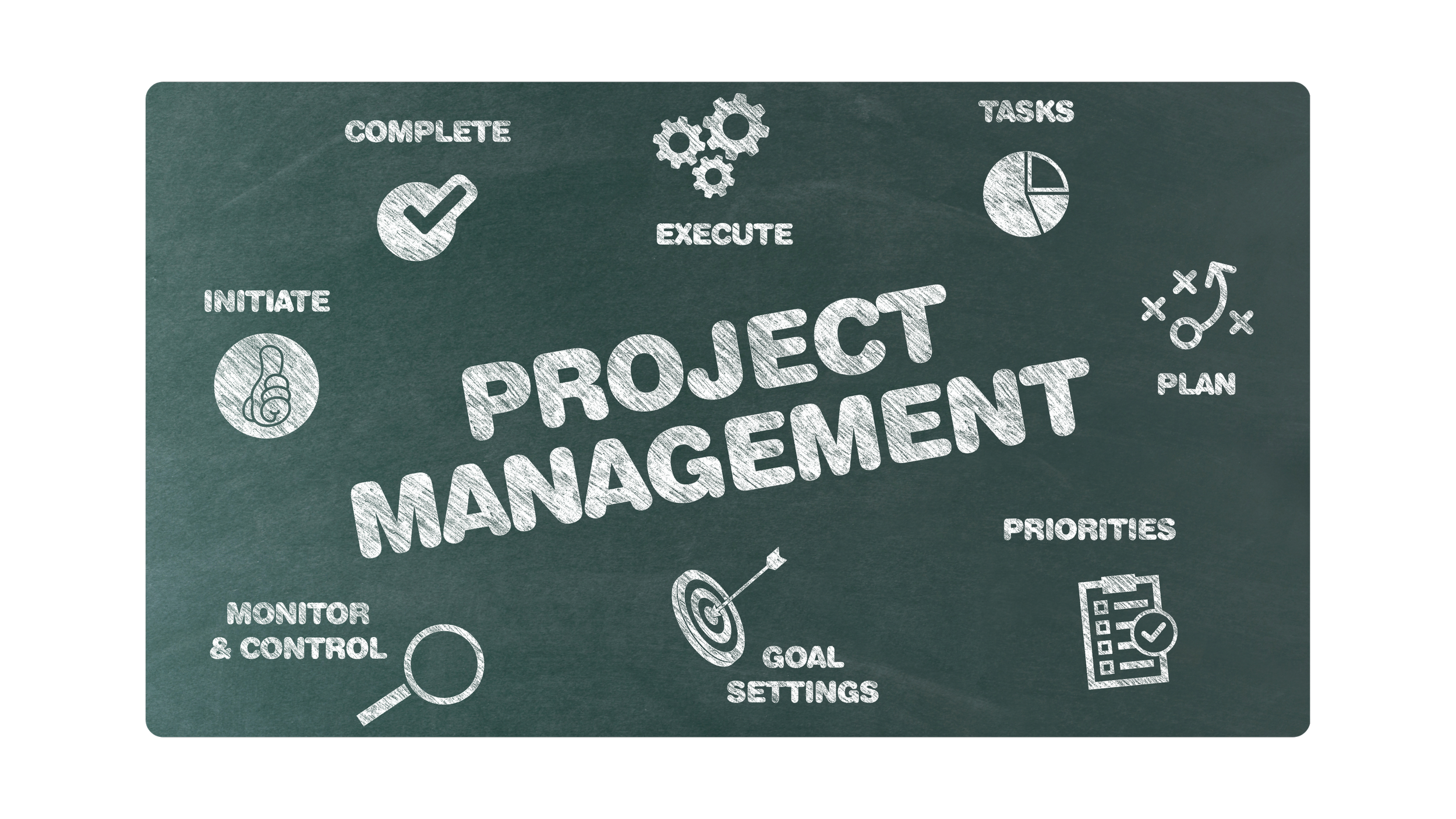Project Management Scheduling introduces learners to the essential principles and tools required to build effective project schedules. The course explains how a schedule organizes tasks, assigns responsibilities, and establishes the timing needed to guide work smoothly from planning to execution. Learners explore why schedules are vital for coordinating people and resources, preventing delays, and keeping projects aligned with deadlines and budgets. Through foundational concepts and practical scheduling techniques, the course equips learners with the knowledge to build, manage, and adapt schedules that support project success.
Learning Outcomes:
➊ Explain what a project schedule is and describe its purpose in project management.
➋ Apply the five foundational steps for developing an effective schedule, including identifying tasks and sequencing them logically.
➌ Use task lists, project calendars, and Gantt charts to document and visualize project timelines.
➍ Define project deliverables and break them down into clear, actionable activities.
➎ Recognize and apply the four types of task dependencies to structure tasks efficiently.
Requirements:
There are no specific entry requirements for this Micro Credential, however, this credential is ideal for:
New or aspiring professionals who need foundational project management skills to support their current or future roles.
Employees who manage tasks, timelines, or small initiatives but lack formal project management training.
Career changers seeking a practical, short pathway into project-based work across any industry.
Course Content:
The course begins by introducing the concept of a project schedule and how it answers fundamental questions about what needs to be done, who is responsible, when tasks must occur, and how long each step will take. Learners see how schedules guide the execution phase of project management and keep team expectations aligned.
The course then examines the importance of schedules, explaining how they help coordinate timing across team members and clients, prevent delays caused by dependencies, and support tracking against deadlines and budgets. Learners gain a clear understanding of why a schedule provides structure that keeps projects on course.
Next, learners study the five steps for building an effective project schedule. These steps include identifying every required task, organizing tasks in the correct order, estimating task duration, assigning resources, and establishing start and finish dates. These fundamentals set the stage for choosing the right scheduling technique.
The course explores three primary scheduling techniques: task lists or spreadsheets, project calendars, and Gantt charts. Learners compare their advantages and limitations and learn how each method helps communicate responsibilities, timing, and progress to the project team.
Learners also examine how to define project deliverables and break them down into specific activities. By identifying what must be produced and the steps required to produce it, learners create a structure that leads to clear workflows and manageable task assignments.
Finally, the course covers the four types of task dependencies that determine the order in which tasks must occur. Understanding these relationships helps learners organize projects more efficiently, avoid bottlenecks, and build realistic timelines. The course concludes with strategies for estimating task duration using data, past experience, and milestone planning.







